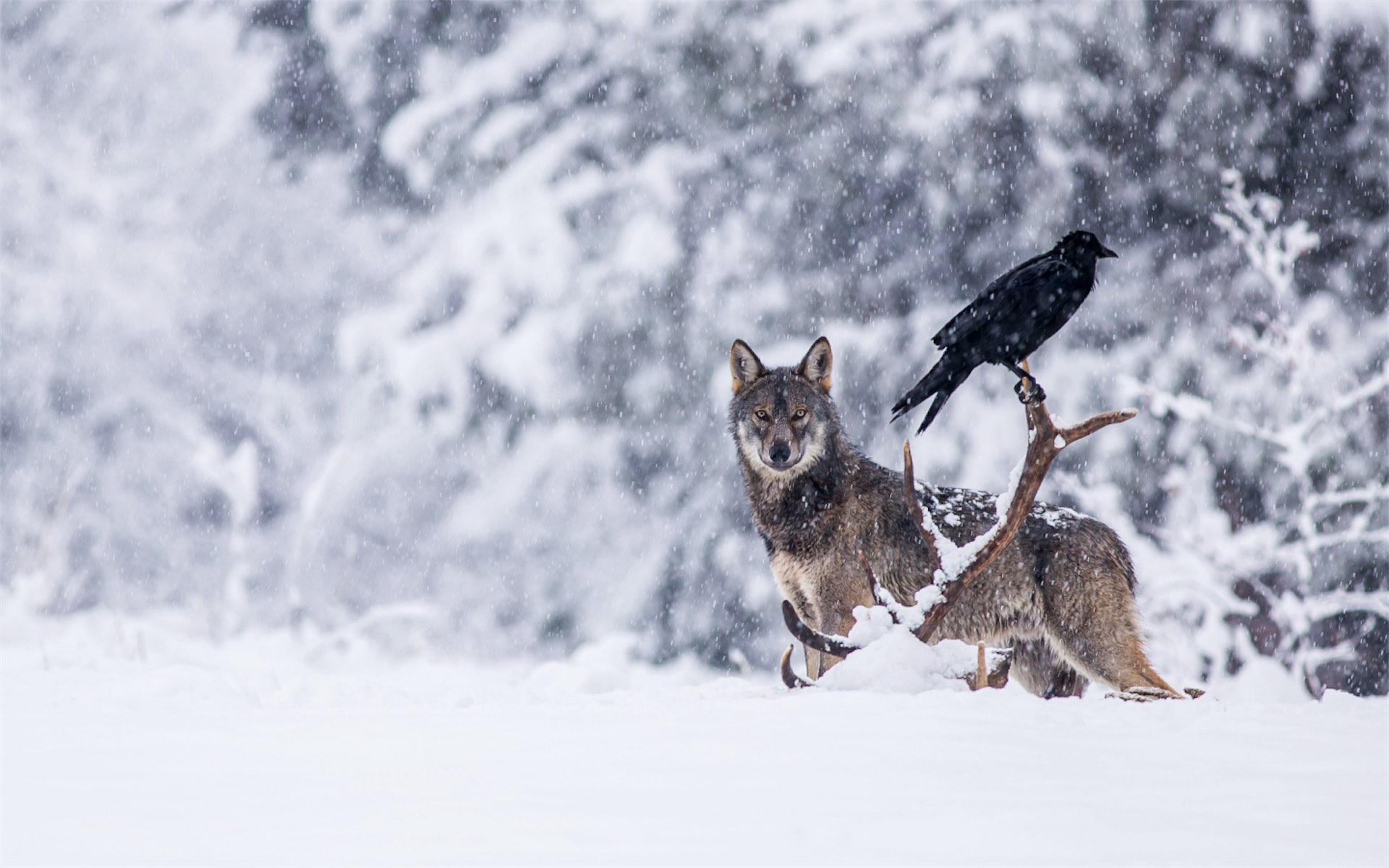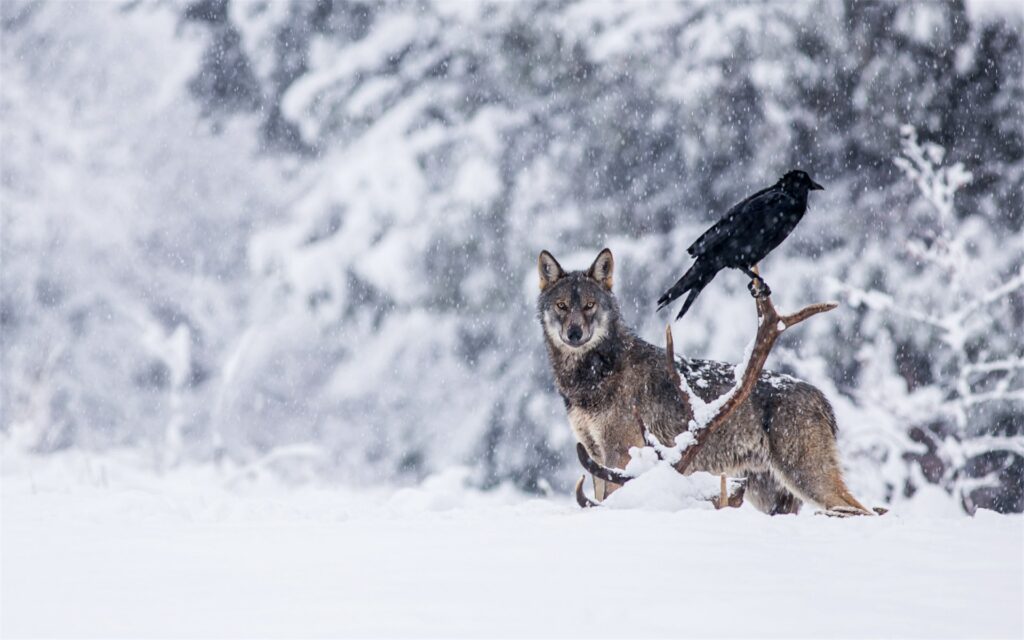
Why a healthy fear of humans is good for wolves
As wolf population recovery and reintroduction take place around the West, the challenging subject of lethal control, whether wolves that prey on livestock should be killed, is under discussion. Regulated wolf hunting in Idaho and Montana, which is separate but related to lethal control, has made national headlines. While lethal control is not an easy pill to swallow for many, recent research from France, where hunting is not legal and lethal control was illegal up until very recently, suggests it is a critical tool that supports the effectiveness of nonlethal conflict prevention tools.
In France, similar to in the Western United States, wolves returned in the mid 1990s after extirpation in the early 20th century. By 2019, they were present in more than two-thirds of France. The study, by Michel Meuret and colleagues published in The Rangeland Journal, notes that despite extensive use of nonlethal conflict prevention tools including electrified night pens, livestock guardian dogs, increased human presence and turbo-fladry, livestock deaths due to wolves have risen precipitously over the last 10 years, from 3,215 in 2009 to 12,451 in 2019.
The authors seek to communicate the impact of the decision to bar lethal control on why it has proven so difficult to prevent conflicts with wolves. First off, wolves are opportunistic, intelligent and highly adaptable creatures, with the ability to transfer behavioral knowledge throughout their pack and across generations. The authors surmise that as a strictly protected species, they no longer associate livestock with their human handlers and people with potential danger. The authors cite the example that when herders across the country systematically began penning their sheep at night alongside three to four guard dogs, wolves across the country simply shifted their behavior toward attacking sheep during the day.
In order to maintain balance and reduce levels of conflict, the authors suggest that France should authorize defensive shooting when wolves are attacking, biting or wounding livestock. Thus, by increasing fear of humans, and reenforcing their association with livestock, nonlethal tools may become more effective, allowing herders to stay one step ahead of the crafty canids. Moreover, Meuret and his colleagues write, “Rather than passive coexistence, we need to embrace a dynamic and ever-evolving process of coadaptation between humans and wolves, relying on the adaptive capacities of both.”

“Missing shots: has the possibility of shooting wolves been lacking for 20 years in France’s livestock protection measures?” The Rangeland Journal. Meuret, et al. onland.link/missing-shots




